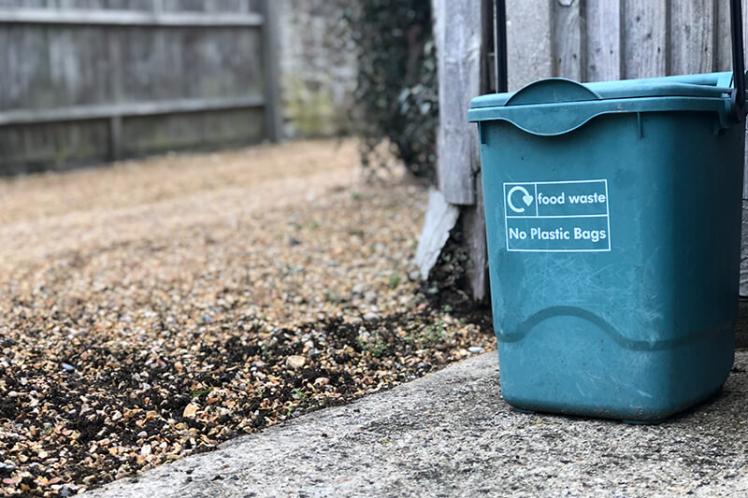Food Waste – Focus on the Complete Supply Chain, Not Only the Consumer

In a recent BBC programme called Hugh’s War on Waste, Hugh Fearnley-Whittingstall looks at various aspects of the food supply chain and the waste that it generates. The programme does not focus on waste as a by-product of the process but demonstrates how good edible food that should be destined for our plates is discarded in the supply chain. The programme discusses a case regarding parsnips and how a certain supermarket rejects a large consignment of parsnips from their supplier (local farm) because the parsnips do not fit the cosmetic standards set for vegetables and fruits. The outcome of the rejection means that it not only causes a financial blow to the supplier but more importantly the parsnips may land in a landfill or may be sent to an anaerobic digestion facility to be converted to energy.
The issue regarding food waste is extremely relevant as food security is a major concern for most countries and reduction of waste is considered an important activity to increase availability of food. On average, the loss of food post-harvest across the world is a whopping 40%. There are a number of factors that causes post-harvest food loss of which some of the most important are:
1. Lack of appropriate storage infrastructure
2. Lack of logistics infrastructure
3. Lack of adequate food processing facilities and business models
4. Lack of fair markets
5. Supermarket standards (to a large extent, cosmetic standards)
To resolve these issues and challenges the respective governments and markets (for example, supermarkets) should be proactive in recognising the needs not only of the producers but also the supply chain that leads from the farm to the market. Timely and adequate investment in logistics infrastructure (to improve movement), storage facilities (grain warehouses, cold storage, etc.) and the appropriate policies for value creation are necessary for tackling food waste. The EU loosened some of its regulations regarding marketing standards (for fruits and vegetables) in 2009 but still has very strict standards for 10 items of fruits and vegetables. It is the interpretation of these standards by supermarket (food retailers) buyers that can lead to good food being wasted.
There are numerous instances in recent times when fresh produce rejected by supermarkets or food retailers has been processed into value added edible food. This is a good example of ‘circular economy’. However, the capacity for processing fresh produce is relatively small, leading to the majority of rejects being used for energy generation. Although some may argue that it is useful for energy generation, the trade-off cannot be a hungry population.
Considering the complete supply chain, a large amount of ready to eat processed food is wasted at the distributor and then the supermarket level. This is on account of short shelf life items that are monitored through the use of ‘use-by’ and ‘best before’ dates and if the inventory does not shift in time, it will land within waste bins. Over production of processed food, change in demand patterns and poor inventory management can lead to this scenario.
The consumer who is the final entity in the food supply chain is also responsible for a considerable amount of food waste. Similar to the retailers, consumers are also governed by time dates on the food packages and cause waste due to change in their eating patterns and poor management of food inventory within their homes and specifically fridges. There are organisations such as WRAP that work to educate consumers to reduce food waste.
There are other reasons for fresh food waste and these may be on account of changing weather patterns, natural disasters, diseases, political stand-offs, etc. Some of these can be tackled proactively whereas others need to be managed as a crisis situation. However, it is important that the food supply chain focuses on reducing waste at the following four stages and not just one:
1. Farm (producer)
2. Processor
3. Distributor- Retailer
4. Consumer
Samir Dani is author of Food Supply Chain Management and Logistics, which considers how to harness the latest technology and squeeze efficiency and profit from increasingly complex supply chains. The book has been shortlisted for The Procurement Author Awards 2015 in Paris.




